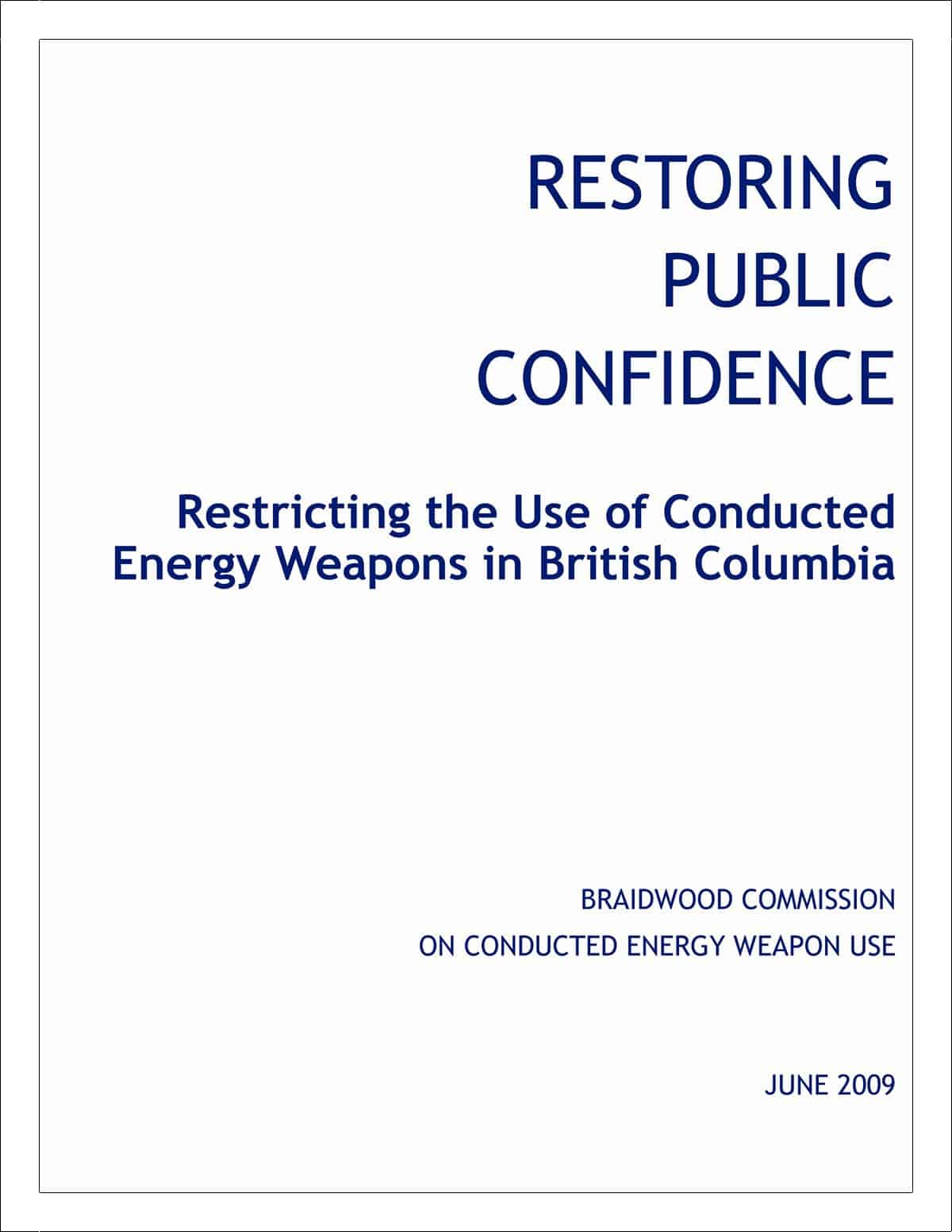The use of a mobile phone while driving can be very dangerous for other vehicles, pedestrians and drivers themselves. New communications technology has been devised to accommodate the less-new technology of mobile phones but in itself hands-free technologies are masking the risk.
Although this hazard is across the driving community, there is particular relevance for workplace drivers as their status complicates the arguments against talking or texting while driving and provides additional control measures. Continue reading “Survey shows continuing increase in mobile phone use while driving”











 The odd thing was that the first guide listed was published in January 2007. The second seems to be a companion leaflet for the guide for employers. They are not new and are not being launched in November 2009.
The odd thing was that the first guide listed was published in January 2007. The second seems to be a companion leaflet for the guide for employers. They are not new and are not being launched in November 2009.
